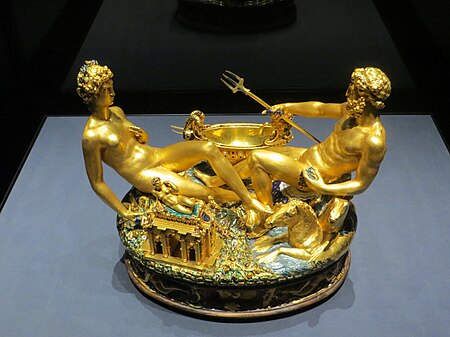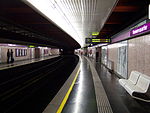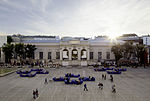Cellini Salt Cellar

The Cellini Salt Cellar (in Vienna called the Saliera, Italian for salt cellar) is a part-enamelled gold table sculpture by Benvenuto Cellini. It was completed in 1543 for Francis I of France, from models that had been prepared many years earlier for Cardinal Ippolito d'Este. The cellar is the only remaining work of precious metal which can be reliably attributed to Cellini. It was created in the Mannerist style of the late Renaissance and allegorically portrays Terra e Mare (Land and Sea). In Cellini's description, the sea was represented by a male figure reclining beside a ship for holding the salt; the earth he "fashioned like a woman" and placed a temple near her to serve as a receptacle for pepper. The salt cellar is made of ivory, rolled gold, and vitreous enamel. The gold is not cast in a mould but hammered by hand into its delicate shape. It stands about 26 cm tall. The base is about 33.5 cm wide and features bearings to roll it around.It came into the possession of the Habsburgs as a gift by Charles IX of France to Archduke Ferdinand II of Tyrol, who had acted as a proxy for Charles in his wedding to Elisabeth of Austria. It was originally part of the Habsburg art collection at Castle Ambras, but was transferred to the Kunsthistorisches Museum in Vienna during the 19th century.
Excerpt from the Wikipedia article Cellini Salt Cellar (License: CC BY-SA 3.0, Authors, Images).Cellini Salt Cellar
Burgring, Vienna Innere Stadt
Geographical coordinates (GPS) Address Phone number Website Nearby Places Show on map
Geographical coordinates (GPS)
| Latitude | Longitude |
|---|---|
| N 48.2036 ° | E 16.3619 ° |
Address
Kunsthistorisches Museum
Burgring 5
1010 Vienna, Innere Stadt
Austria
Open on Google Maps









